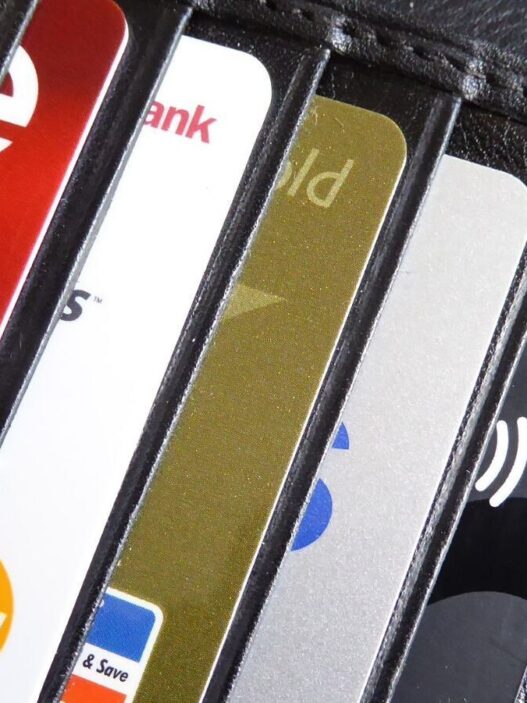The new tax regime became a default regime in 2023 but Budget 2025 introduced a higher incentive for taxpayers by allowing zero tax for income upto ₹12 lakh, following which there is an expectation that around 90 percent of taxpayers will opt for it over old tax regime.
However, one collateral damage of this is that most investors would now have less incentive to invest in tax saving schemes such as PPF, NSC, SSY and ELSS , among others.
We try to find out whether investors should rather invest in the safest scheme of fixed deposit or still opt for the PPF (Public provident fund).
Tax exemption
If you are opting for the old tax regime, you can still claim tax exemption. But there are speculations that it is only a matter of time before the old tax regime becomes history.
So, let us suppose that you chose the new tax regime, then you are not entitled to an income tax exemption. But the same is the case with fixed deposits. When you invest your savings in a fixed deposit (FD), you dont get any income tax exemption against the investment.
So, here we have realised that both are at par with each other.
Return on investment
Second criteria to choose whether PPF is better or FD, one must view the return on investment. This means which investment gives a higher return. Currently, PPF offers 7.1 percent per annum on investment as compared to FD which gives anywhere between 7-7.15 percent per annum on long term FDs based on which bank you choose.
So, there is barely any difference between the returns delivered by two set of investment instruments.
Tax on return
Finally, the last criteria to decide which investment is better than the other is whether the return on investment is taxable or not.
Since the above two criteria (tax exemption and return on investment) place both instruments at par, it is the final yardstick which should sway the choice in one direction or the other.
When you earn returns, they are taxable in the case of FDs and in case of PPF, they are not.
“Someone who falls in the 30 percent tax bracket eventually gets less than 5 percent from an FD whereas in the case of PPF, you get the entire 7 percent. Therefore, it is still better to choose small saving instruments such as PPF over an FD,” says Dipesh Jain, partner, Economic Laws Practice.
Based on the above criteria, we can safely say that investing in PPF or other tax-saving instruments still makes more financial sense because unlike FDs, they offer tax savings on their earnings.
However, there is an expert’s view which says that each investment instrument plays an important in curating portfolio and they should not be seen as each other’s competitor.
“Even if you have opted for the New tax regime, you should continue funding your PPF as part of retirement goal products. NSC is also a good product that offers a sovereign guarantee for principal and interest. FDs are most suitable product for your short-term goals with investment horizon of up to 2- 3 years. So, all three products can be used for your different financial goals as part of your debt part of the portfolio,” says Preeti Zende, a Sebi-registered investment advisor and founder of Apna Dhan Financial Services.
Note: This story is for informational purposes only. Please speak to a SEBI-registered investment advisor before making any investment related decision.
Click here for more personal finance stories.
Catch all the Instant Personal Loan, Business Loan, Business News, Money news, Breaking News Events and Latest News Updates on Live Mint. Download The Mint News App to get Daily Market Updates.
MoreLess












